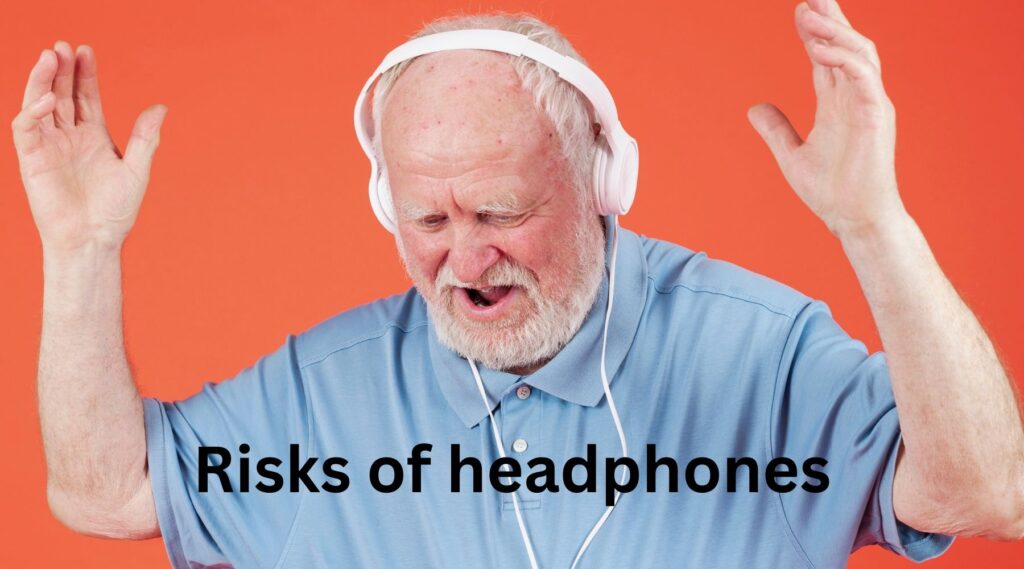
**Risks of headphones: For many people looking for a quiet getaway from the daily grind, noise-canceling headphones have become essential. These high-tech gadgets promise to block out the noise and provide a calm auditory experience, whether you’re trying to concentrate at home, working in a busy office, or traveling on a packed train. Although there is no denying the advantages of noise-canceling headphones, audiologists are voicing worries about the possible hazards of extended use. Now is the moment to learn more about the science underlying these gadgets, how they affect our hearing, and how to use them sensibly.
**Risks of headphones**
Learn about the advantages and possible drawbacks of noise-canceling headphones. To preserve your hearing, learn how to use them properly.
**Risks of headphones for today**
**”Finding Peace in Silence: The Hidden Risks of Noise-Canceling Headphones”**
**The Appeal of Silence Risks of headphones**
Risks of headphones: Many people are drawn to noise-canceling headphones because of their promise to create a personal sanctuary of tranquility. These headphones’ active noise control (ANC) technology minimizes unwanted background noise by producing sound waves that are exactly opposite to the incoming noise. Because there is a discernible reduction in perceived noise, consumers may be able to enjoy their preferred music, podcasts, or audiobooks without needing to turn up the volume. Noise-canceling headphones are a popular choice for professionals, students, tourists, and anybody else looking for some quiet in a noisy world since they can filter out disturbances.
**The Potential Risks of Risks of headphones**
Audiologists are warning consumers about the possible consequences of using noise-canceling headphones, despite the fact that they provide an amazing aural experience. Extended use of ANC technology can cause a number of health issues, such as:
- **Reduced Situational Awareness: Risks of headphones**
Risks of headphones: Users may become less conscious of their surroundings if background noise is blocked out. This can be especially risky when walking, cycling, or driving, for example, where listening to ambient noise is essential. Accidents and injuries may be more likely when auditory cues are absent.
2. **Ear Discomfort and Fatigue: Risks of headphones**
Weariness and ear pain can result from prolonged usage of noise-canceling headphones. Headaches, vertigo, and fullness in the ears might result from the continuous pressure that the headphones put on the ears as well as the “ear suction” that ANC technology produces.
3. **Hearing Damage of Risks of headphones**
Users may still listen to content at dangerous volumes even though noise-canceling headphones are meant to lessen the need for loud volume levels. Millions of people worldwide suffer from noise-induced hearing loss (NIHL), a lifelong and irreversible disorder brought on by prolonged exposure to loud noises.

4. **Impact on Mental Health and Risks of headphones**
When wearing noise-canceling headphones for extended periods of time, some users may feel anxious and alone. Eliminating all outside noise can lead to a sense of disengagement from social interactions and the surroundings, which can be detrimental to mental health.
5. **Expert Opinions of Risks of headphones**
Risks of headphones: It’s crucial to use noise-canceling headphones sensibly, according to audiologists and hearing health specialists. According to renowned audiologist Dr. Emily Harris, “Although noise-canceling headphones may be useful in some circumstances, it’s important for users to be aware of their listening habits.” It’s critical to find a balance between protecting our ears and reaping the benefits of these devices because prolonged use at high volumes can have negative consequences on hearing health.
Risks of headphones: Additionally, Dr. Harris stresses the value of taking regular pauses. “Remove your headphones for a few minutes each hour to give your ears a break. This little exercise might lessen discomfort and ear fatigue.
6. **Tips for Safe Usage of Risks of headphones**
The following advice can help consumers reduce the possible risks connected to noise-canceling Risks of headphones:
1. **Maintain Moderate Volume Levels:** Risks of headphones:
A safe volume should be maintained, preferably less than 60% of the maximum volume. Apply the “60/60 rule,” which recommends listening for no more than 60 minutes at a 60% volume.
2. **Take Regular Breaks:** Risks of headphones:
Every hour, take your headphones off for a few minutes to give your ears a rest. By doing this, ear strain and discomfort are avoided.
3. **Opt for High-Quality Headphones:**
4. **Stay Aware of Your Surroundings:**
5. **Schedule Regular Hearing Check-ups:**(Risks of headphones)
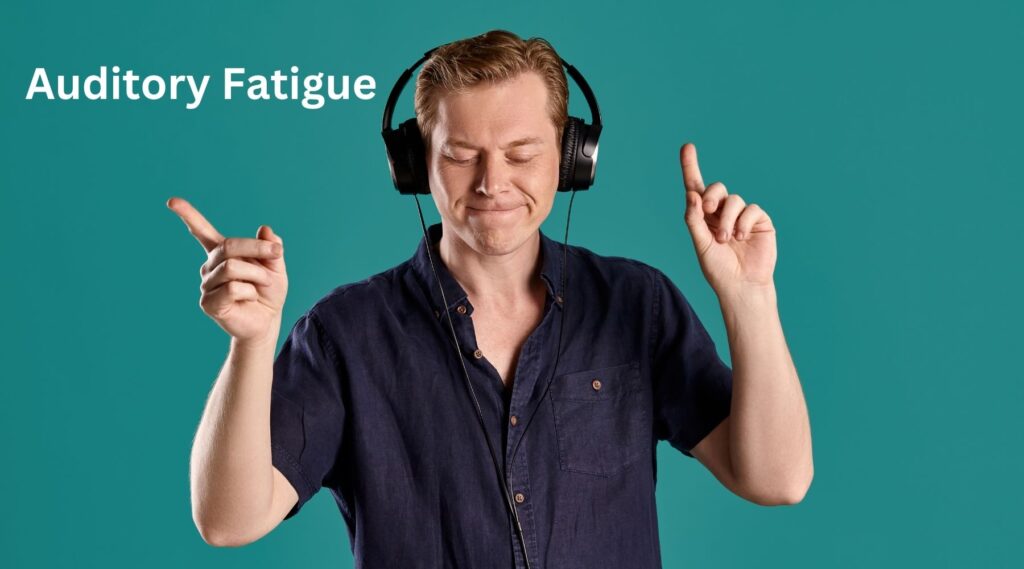
**Q/A Section** (Risks of headphones)
1.**Q: What are noise-canceling headphones?** (Risks of headphones)
2.**Q: What are the potential risks of using noise-canceling headphones?**
3.**Q: How can users minimize these risks?**
1. **Reduced Situational Awareness:** (Risks of headphones)
2. **Ear Discomfort and Fatigue:** (Risks of headphones)
3. **Hearing Damage:** (Risks of headphones)
4. **Impact on Mental Health:** (Risks of headphones)
**Solutions: Using Noise-Canceling Headphones Safely**

1. **Maintain Moderate Volume Levels:** (Risks of headphones)
2. **Take Regular Breaks:**
3. **Opt for High-Quality Headphones:**
4. **Stay Aware of Your Surroundings:**
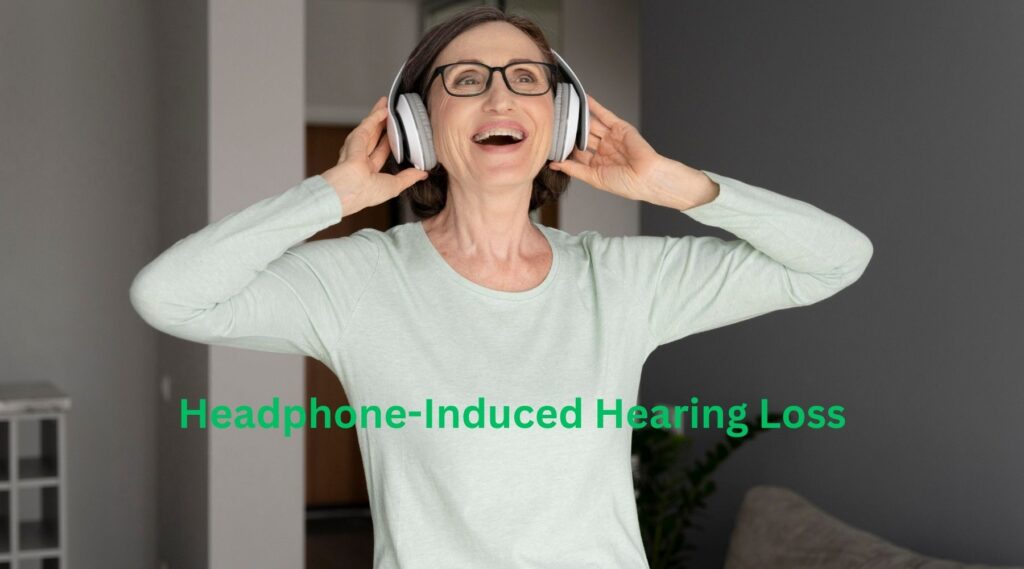
5. **Schedule Regular Hearing Check-ups:**
Learn about the advantages and possible drawbacks of noise-canceling headphones. To preserve your hearing, learn how to use them properly.
**”Finding Peace in Silence: The Hidden Risks of Noise-Canceling Headphones”**
**The Appeal of Silence**
Many people are drawn to noise-canceling headphones because of their promise to create a personal sanctuary of tranquility. These headphones’ active noise control (ANC) technology minimizes unwanted background noise by producing sound waves that are exactly opposite to the incoming noise. Because there is a discernible reduction in perceived noise, consumers may be able to enjoy their preferred music, podcasts, or audiobooks without needing to turn up the volume. Noise-canceling headphones are a popular choice for professionals, students, tourists, and anybody else looking for some quiet in a noisy world since they can filter out disturbances.
**The Potential Risks**
- **Reduced Situational Awareness:**
2. **Ear Discomfort and Fatigue:**
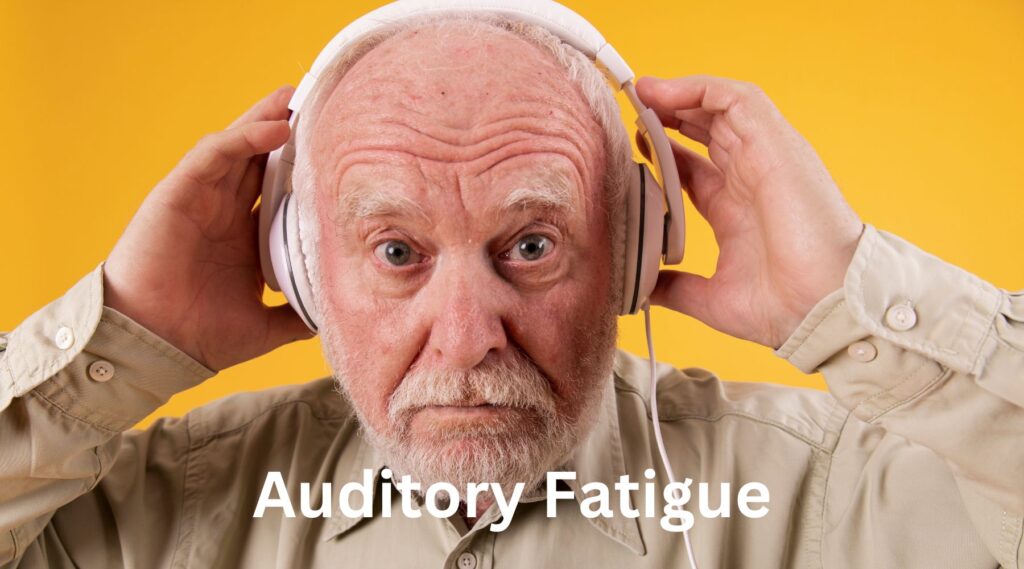
Weariness and ear pain can result from prolonged usage of noise-canceling headphones. Headaches, vertigo, and fullness in the ears might result from the continuous pressure that the headphones put on the ears as well as the “ear suction” that ANC technology produces.
3. **Hearing Damage:**
Users may still listen to content at dangerous volumes even though noise-canceling headphones are meant to lessen the need for loud volume levels. Millions of people worldwide suffer from noise-induced hearing loss (NIHL), a lifelong and irreversible disorder brought on by prolonged exposure to loud noises.
4. **Impact on Mental Health:**
When wearing noise-canceling headphones for extended periods of time, some users may feel anxious and alone. Eliminating all outside noise can lead to a sense of disengagement from social interactions and the surroundings, which can be detrimental to mental health.
5. **Expert Opinions**
It’s crucial to use noise-canceling headphones sensibly, according to audiologists and hearing health specialists. According to renowned audiologist Dr. Emily Harris, “Although noise-canceling headphones may be useful in some circumstances, it’s important for users to be aware of their listening habits.” It’s critical to find a balance between protecting our ears and reaping the benefits of these devices because prolonged use at high volumes can have negative consequences on hearing health.
Additionally, Dr. Harris stresses the value of taking regular pauses. “Remove your headphones for a few minutes each hour to give your ears a break. This little exercise might lessen discomfort and ear fatigue.
6. **Tips for Safe Usage**
The following advice can help consumers reduce the possible risks connected to noise-canceling headphones:
1. **Maintain Moderate Volume Levels:**
A safe volume should be maintained, preferably less than 60% of the maximum volume. Apply the “60/60 rule,” which recommends listening for no more than 60 minutes at a 60% volume.
2. **Take Regular Breaks:**
Every hour, take your headphones off for a few minutes to give your ears a rest. By doing this, ear strain and discomfort are avoided.
3. **Opt for High-Quality Headphones:**
Purchase top-notch noise-canceling headphones for improved comfort and sound quality. To alter the amount of noise cancellation, look for models having ANC settings that can be adjusted.
4. **Stay Aware of Your Surroundings:**
Pay attention to your surroundings, particularly when situational awareness is essential. Think about utilizing the situational awareness or transparency settings that are offered in certain headphone types.
5. **Schedule Regular Hearing Check-ups:**
For routine hearing examinations, see an audiologist, particularly if you feel uncomfortable or exhibit any symptoms of hearing loss. Long-term harm can be avoided with early detection and action.
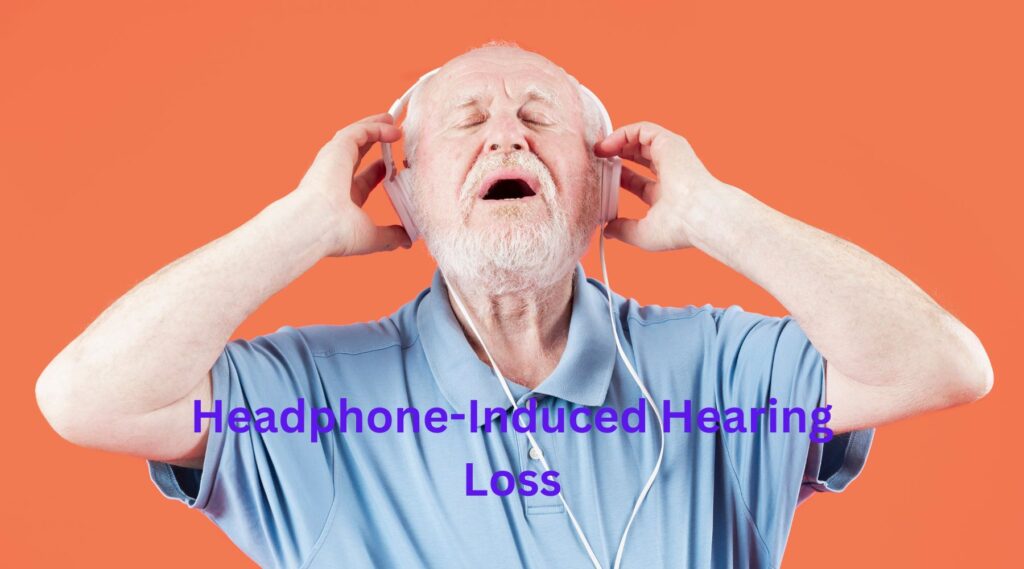
**Q/A Section**
1.**Q: What are noise-canceling headphones?**
A: Active noise control is used by noise-canceling headphones to reduce unpleasant background noise so you may enjoy audio without turning up the volume too much. In order to provide a quieter listening environment, they produce sound waves that cancel out incoming noise.
2.**Q: What are the potential risks of using noise-canceling headphones?**
A: Extended use may result in headaches, dizziness, ear pain, diminished situational awareness, and possible hearing damage if loudly utilized. Additionally, the removal of outside noises may cause anxiety and feelings of loneliness in certain people.
3.**Q: How can users minimize these risks?**
A: To reduce negative effects, use high-quality headphones, take pauses, and keep noise levels low. Protecting your hearing health can also be achieved by arranging routine hearing examinations and being mindful of your surroundings.
Although noise-canceling headphones offer a calm listening experience, users should be mindful of the possible hazards. Using these devices incorrectly or for extended periods of time can result in a number of problems:
1. **Reduced Situational Awareness:**
Removing background noise may make people less conscious of their surroundings, which raises the possibility of mishaps and injury in circumstances where environmental awareness is essential.
2. **Ear Discomfort and Fatigue:**
Because of the continuous pressure on the ears and the “ear suction” effect produced by ANC technology, prolonged use might result in headaches, ear pain, and a fullness sensation.
3. **Hearing Damage:**
Noise-induced hearing loss (NIHL), a permanent disorder that affects many people worldwide, can result from prolonged high-volume listening.
4. **Impact on Mental Health:**
Because external sounds are completely eliminated, some users may experience anxiety and loneliness, which can have a detrimental effect on mental health.
**Solutions: Using Noise-Canceling Headphones Safely**
Use these professionally recommended suggestions to get the most out of noise-canceling headphones without endangering your hearing health:
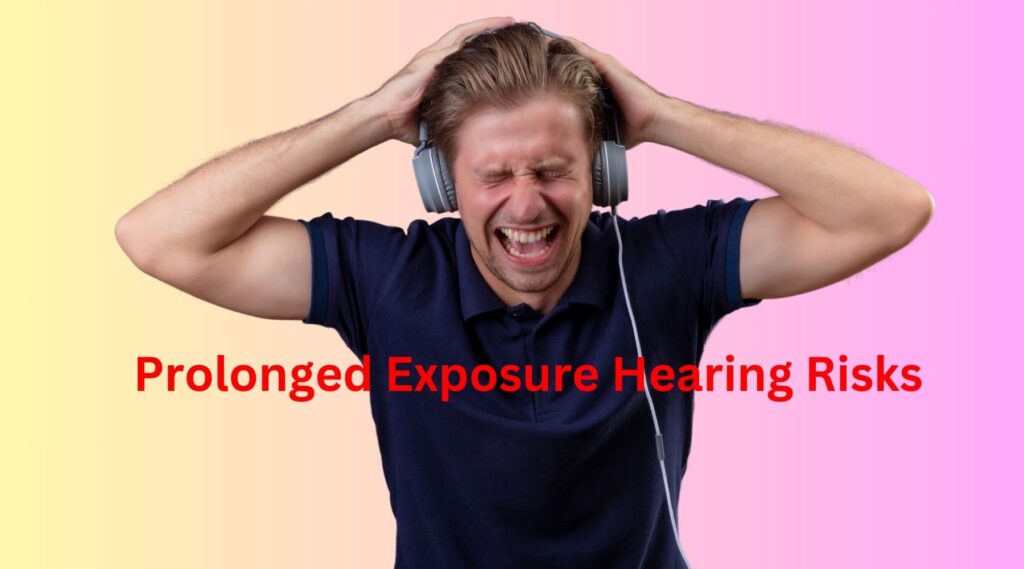
1. **Maintain Moderate Volume Levels:**
A safe volume should be maintained, preferably less than 60% of the maximum volume. To preserve your hearing, use the “60/60 rule” and listen at 60% volume for no more than 60 minutes at a time.
2. **Take Regular Breaks:**
It is important to keep the volume at a safe level, ideally below 60% of the maximum. The “60/60 rule” states that you should listen at 60% volume for no more than 60 minutes at a time in order to protect your hearing.
3. **Opt for High-Quality Headphones:**
Purchase top-notch noise-canceling headphones for improved comfort and sound quality. To alter the amount of noise cancellation to your preferences, look for devices with ANC settings that can be adjusted.
4. **Stay Aware of Your Surroundings:**
Pay attention to your surroundings, particularly when situational awareness is crucial. Utilize the situational awareness or transparency modes that certain headphone models offer to keep aware of your surroundings.
5. **Schedule Regular Hearing Check-ups:**
For routine hearing examinations, see an audiologist, particularly if you feel uncomfortable or exhibit any symptoms of hearing loss. Long-term harm can be avoided with early detection and action.
**Conclusion**
The immersive sound experience provided by noise-canceling headphones enables users to block out outside noise and disturbances. To safeguard your hearing and general health, it is imperative that you use these devices sensibly. You may benefit from noise-canceling headphones without endangering your health by heeding the advice of audiologists and implementing safe listening habits. Keep in mind that your hearing is invaluable, even though stillness can be golden.